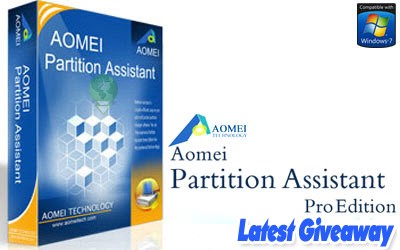

Microsoft only tech supports certain “certified” drives, of which there’s a list on the Windows To Go Web site. Windows 8.1 Professional running from a 64GB Sandisk Extreme Flash drive.Īside from using the Professional, rather than the Enterprise version of Windows 8.1, I also employed a non-certified 64GB flash drive. It worked perfectly, creating a bootable version of Window 8.1 Pro. I emailed Aomei, and they had a fixed version for download in place the next day. In practice, my first try resulted in a program-halting error. In theory you can choose a USB flash or other external drive as destination, an Windows 8.1 WIM (Windows Install Media)/ISO file as the source, and create a live version of Windows 8.x on said external drive that will boot from any PC. Now to that fascinating Windows to Go feature. They’re easy-to-use and work well, but the language is sometimes shaky (for English users) and the main window disappears for some reason-an odd visual jolt. The wizards are the weakest part of the interface. It’s all perfectly simple, assuming you understand drives and partitions.

Simply choose the drive or partition, then apply an action from the task list. There’s a list of tasks to the left and a pane displaying your system’s drives and partitions to the right. Partition Assistant’s interface will be familiar to anyone who’s used such a utility in the last decade or so. Partition Assistant provides wizards for many tasks, but the main window disappearing is a bit of a visual jolt. But those are undeniably handy features for IT types that need to manipulate and maintain drives and partitions on a regular basis. If all that sounds rather esoteric, you don’t need the professional version. The Pro version adds the ability to convert Windows dynamic disks to basic disks, change partitions from logical to primary, alter partition IDs and serial numbers, convert disks from MBR to GPT and back again, as well as allocate free space from one partition to another.


 0 kommentar(er)
0 kommentar(er)
